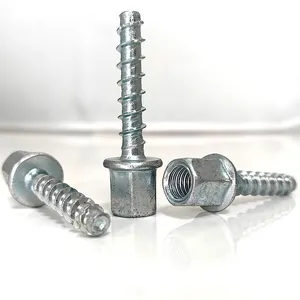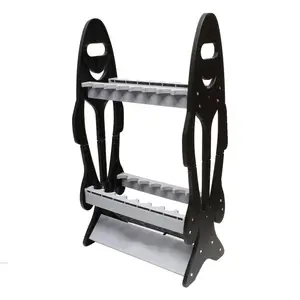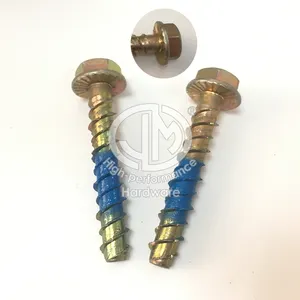Understanding Anchor Rods: A Comprehensive Guide
An anchor rod is a vital component in construction and engineering, serving as a fundamental element for securing structures to concrete and other masonry materials. This guide delves into the various types of anchor rods and their specific applications, ensuring that industry professionals can select the appropriate variant for their projects.
Types of Anchor Rods and Their Applications
Chemical anchor rods and epoxy anchor rods are two prevalent types, each with unique properties. Chemical anchor rods offer versatility and adjustability, often used in fixing handrails and pipelines where precision is paramount. Epoxy anchor rods, on the other hand, are known for their strong bond and are typically employed in heavy-duty anchoring tasks.
For overhead applications, sammys anchors and sammys screws provide reliable solutions. These are designed for ease of installation in ceiling and overhead work, making them a go-to for hanging systems and fixtures.
Features and Materials of Anchor Rods
When it comes to materials, galvanized anchor rods stand out for their corrosion resistance, making them suitable for outdoor applications. The galvanization process adds a protective zinc coating, which significantly extends the lifespan of these rods in harsh environments.
The headed anchor rod is another variant, characterized by a forged head on one end. This design feature increases the pull-out strength, which is essential in applications where tension resistance is critical.
Advantages of Different Anchor Rod Systems
Threaded rod anchors, such as hangermate and anchor threaded rod, offer flexibility and are commonly used in both temporary and permanent applications. Their threaded nature allows for easy adjustment and tensioning, which is particularly beneficial in the installation of structural beams and columns.
Ready rod anchors and internally threaded rods provide a seamless aesthetic and are often used where the anchor must be hidden or when the visual appeal is a consideration.
Selection Criteria for Anchor Rods
Choosing the right anchor rod requires understanding the load requirements and environmental conditions. For instance, f1554 anchor rods are graded according to their yield strength, making them suitable for different loading scenarios. Similarly, threaded rod concrete anchors are selected based on the concrete type and the expected tension and shear forces.
For seismic applications, products like hilti hit z and hilti has rod are engineered to withstand dynamic loads, providing enhanced safety and reliability in earthquake-prone areas.
With a myriad of options available on Alibaba.com, professionals in the construction and hardware sectors can find the appropriate anchor rods for their specific needs, ensuring a secure and lasting installation.









































 浙公网安备 33010002000092号
浙公网安备 33010002000092号 浙B2-20120091-4
浙B2-20120091-4